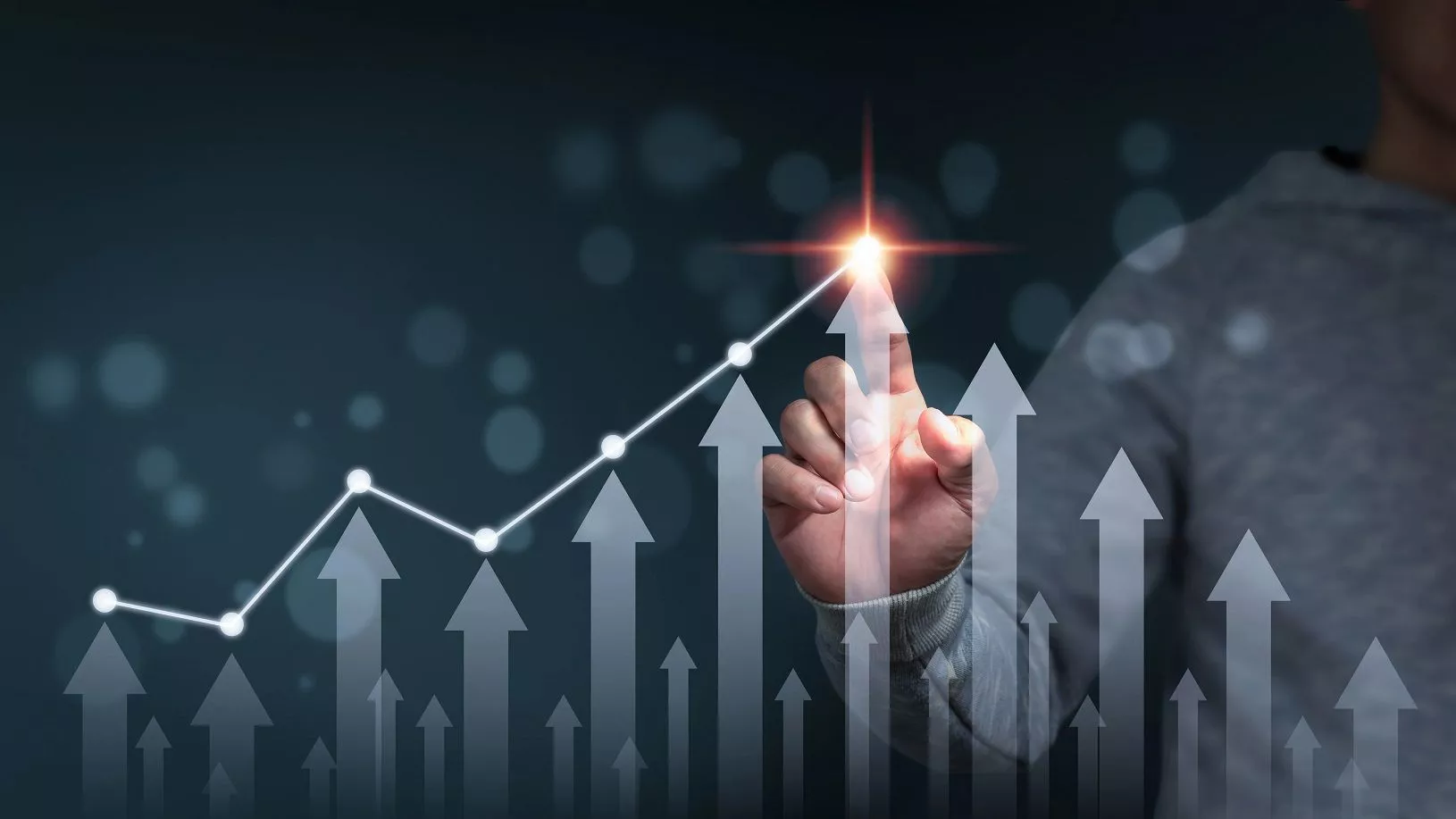
The world is evolving faster than ever, leaving business leaders with a critical question: how do we secure lasting success in an unpredictable future? Traditional growth metrics—market share, revenues, expansion—are no longer the sole indicators of business health. As we navigate the 2025 economic trends for businesses, what does it really mean to grow? Is it just about getting bigger, or is it about becoming anti-fragile, adaptable, and sustainable?
In this guide, we’ll explore future-proof business strategies that not only prepare your enterprise for business strategies 2025, but also help you construct a beyond growth business model capable of thriving amid uncertainty. Let’s unravel the secrets to building resilient, adaptive, and sustainable businesses for 2025 and beyond.
Why Traditional Growth Models Fail in 2025
In the past, growth was a simple numbers game: more products, more markets, more sales. But 2025 is rewriting these rules. Why? The rapid pace of technological disruption, climate crises, and shifting consumer values render traditional models obsolete.
Harvard Business School’s Clayton Christensen once warned, “Disruptive innovation can topple even the mightiest giants.” We’re now seeing that even stable giants are vulnerable if they don’t pivot. Companies focused solely on scaling often find themselves fragile, unable to respond to shocks like supply chain disruptions or digital transformations.
Post-growth business planning teaches us that growth should no longer be linear. Instead, it should be resilient and multi-dimensional, focusing on sustainability, adaptability, and long-term value rather than just immediate profits.
Sustainable Business Strategies That Outlast Trends
We’re witnessing a global push toward sustainable business strategies 2025, particularly driven by the Environmental, Social, and Governance (ESG) movement. It’s not just about being eco-friendly; it’s about embedding sustainability into your core strategy.
1. Embedding Circular Economy Models
Rather than the traditional ‘take-make-dispose’ approach, businesses are adopting circular models—recycling, reusing, and reducing waste. Think of companies like Patagonia or IKEA, which integrate circularity to cut costs and protect the environment.
2. ESG-Driven Decisions
Investors and customers alike prefer companies aligned with ESG principles. Prioritizing social good, ethical governance, and environmental impact isn’t just PR; it’s good business. BlackRock’s CEO Larry Fink once said, “Sustainability should be our new standard for investing.”
3. Energy Transition & Carbon Neutral Goals
A future proof business strategy must include commitments to renewable energy, carbon neutrality, and green innovations. Tesla, for instance, built a resilient business framework around clean energy, propelling it beyond a mere car manufacturer.
Adaptive Business Models 2025: The Key to Longevity
Change is the only constant, and in 2025, companies must build adaptive business models 2025 to survive. But how?
1. Agile Organizational Structures
Hierarchical models are too rigid. The future belongs to agile frameworks—think cross-functional teams, decentralized decision-making, and rapid iteration. Spotify and Google exemplify this agility with their modular team structures.
2. Scenario Planning & Flexibility
Adaptability isn’t just about reacting; it’s about anticipating. Scenario planning prepares businesses for multiple futures—economic downturns, technological leaps, or global pandemics. McKinsey’s strategic foresight models are a great example of preparing for the unknown.
3. Diversification
A diversified business model mitigates risks. Amazon started with books but now spans cloud computing, AI, and logistics. This diversity insulates the company from sector-specific downturns.
Beyond Growth Business Model: Scaling Without Traditional Growth
The beyond growth business model isn’t just theoretical; it’s a necessity. But what does it mean to scale without traditional growth?
1. Value Over Volume
Instead of chasing more customers, focus on enhancing value per customer. Netflix, for example, shifted from simply expanding its user base to maximizing revenue via content quality and diversified pricing models.
2. Community-Driven Models
Brands like Lego and Harley-Davidson thrive on their passionate communities. Engaging deeply with your audience builds loyalty, brand advocacy, and sustainable revenue streams without exponential scaling.
3. Digital Ecosystems
Creating ecosystems—like Apple’s blend of hardware, software, and services—ensures customers remain within your brand universe, boosting lifetime value rather than one-time sales.
Post-Growth Business Planning: Preparing for the Unknown
We’ve entered an era where post-growth business planning isn’t just smart; it’s imperative. Here’s how businesses can structure for an unknowable future:
1. Resilient Business Frameworks
Being anti-fragile means thriving under pressure. Frameworks that emphasize flexibility, redundancy, and continuous learning create businesses that not only survive shocks but emerge stronger.
2. Technology Integration
Incorporating AI, machine learning, and blockchain can streamline operations, predict market trends, and secure data—tools critical to any future-proof business strategy.
3. Human-Centric Design
Future business planning must include human needs—both customers and employees. Remote work flexibility, mental health support, and inclusive practices are non-negotiables in business strategies 2025.
2025 Economic Trends for Businesses to Watch
Staying updated on 2025 economic trends for businesses is crucial. These trends will shape decision-making:
- Decentralization: From blockchain to remote work, power is shifting away from centralized authorities.
- Experience Economy: Consumers prefer experiences over products. Businesses need to craft unforgettable customer journeys.
- AI and Automation: Efficiency gains from AI will redefine industries, but only those who integrate smartly will benefit.
Warren Buffett wisely said, “Only when the tide goes out do you discover who’s been swimming naked.” In 2025, economic tides will expose the vulnerabilities of unprepared businesses.
Scaling Without Traditional Growth: A New Mindset
To succeed beyond growth, businesses must replace the mantra of “grow or die” with “adapt or thrive.” Here’s how:
- Measure Success Differently: Prioritize customer satisfaction, employee well-being, and environmental impact.
- Slow Scaling: Focus on steady, meaningful growth instead of rapid, unsustainable expansion.
- Feedback Loops: Constantly collect and act on feedback to refine products, services, and experiences.
Conclusion: Are You Ready to Future-Proof Your Business?
We began by questioning how businesses can thrive in an unpredictable future. The answers lie in rejecting outdated models and embracing future-proof business strategies centered on adaptability, sustainability, and human-centricity.
What replaces growth hacking in 2025? It’s not a single tactic but a philosophy: build resilient business frameworks, leverage adaptive business models 2025, and commit to post-growth business planning.
To truly future-proof your business, ask yourself:
- Are we prepared for multiple future scenarios?
- Are we measuring the right success metrics?
- Is sustainability at the heart of our strategy?
If your answers are no, it’s time to pivot—because the future belongs to those who are prepared, not the biggest.
Stay Informed with GloballyUpdates
Don’t miss the latest insights on business, technology, and global news. Click here to follow GloballyUpdates — Pakistan’s leading source for all things future-ready!

